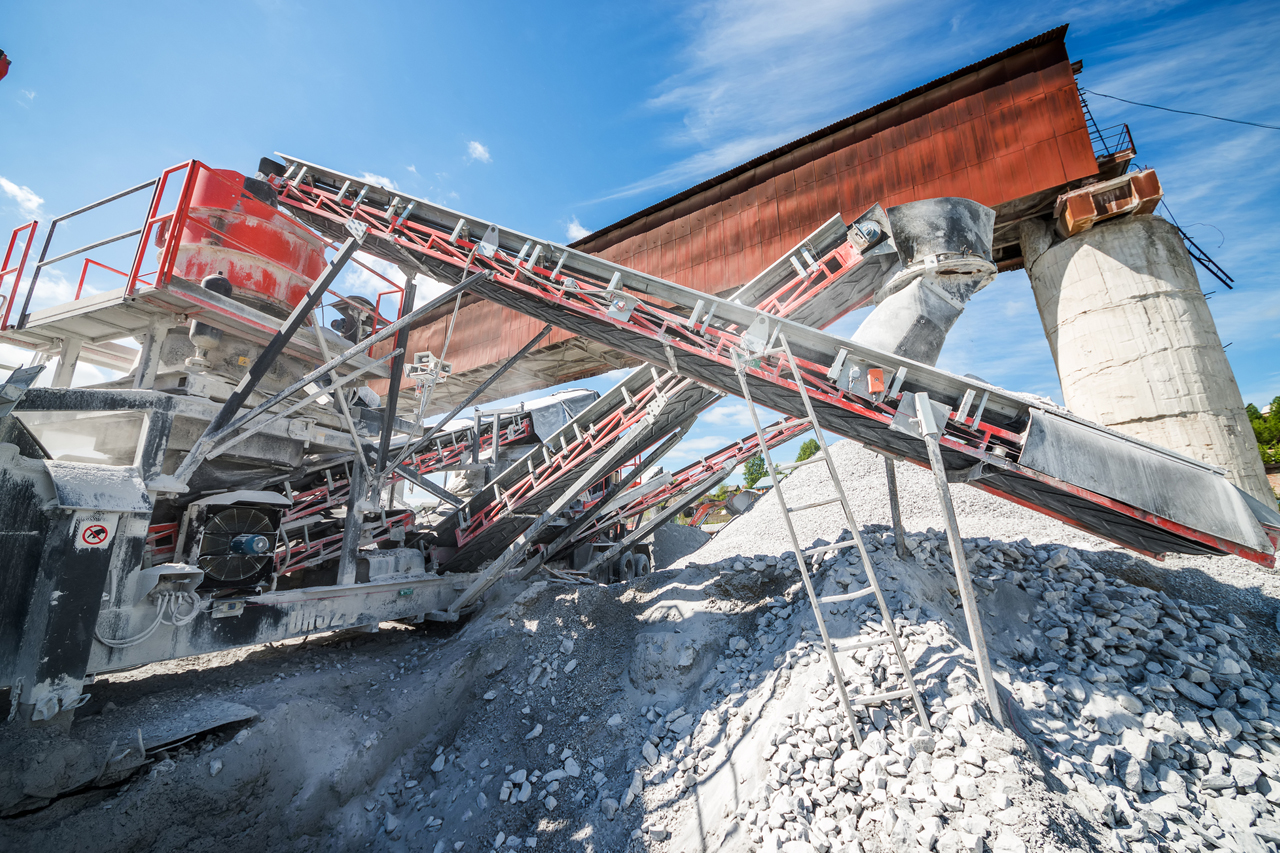
In our modern world, the demand for natural resources is on a constant rise, driven by population growth, technological advancements, and economic development. This insatiable hunger for resources has led to the expansion of industries such as mining, energy production, and agriculture, which extract and exploit the Earth’s finite reserves. However, this pursuit of resources often comes at a significant cost to the environment. The challenge we face today is to strike a delicate balance between fulfilling our resource demands and minimizing the negative environmental impacts of extraction and consumption.
The Resource Dilemma: Demand vs. Sustainability
The increasing demand for resources like minerals, fossil fuels, and water has spurred rapid industrialization and economic growth. Minerals and metals are essential for manufacturing electronics, infrastructure, and consumer goods, while fossil fuels power our vehicles, industries, and homes. These resources are the backbone of modern life, but their extraction and usage can leave behind a trail of environmental devastation.
On one hand, our quality of life depends on these resources, but on the other hand, the extraction process can lead to habitat destruction, water pollution, air pollution, and greenhouse gas emissions. Striking a balance between fulfilling our resource needs and safeguarding the environment requires a fundamental shift in our approach to resource management.
Innovations in Resource Extraction
In recent years, industries have started to acknowledge the importance of sustainable practices in resource extraction. Technological advancements have played a pivotal role in minimizing environmental impact. For instance, precision mining techniques use advanced machinery and sensors to extract minerals with minimal wastage. Additionally, remote sensing and data analytics help identify resource-rich areas while reducing the need for invasive exploration.
Moreover, companies are investing in research and development to create more efficient and cleaner extraction processes. Bioleaching, for example, utilizes microorganisms to extract metals from ores, reducing the need for energy-intensive methods and harmful chemicals. These innovations not only reduce environmental impact but also lead to cost savings, making sustainable practices an economically viable option.
The Role of Regulation and Policy
Government regulations and policies play a crucial role in encouraging environmentally responsible resource extraction. Stringent environmental laws force industries to adopt cleaner technologies, minimize waste, and restore ecosystems after extraction. Proper waste management and reclamation of mining sites can help mitigate the long-term ecological effects of extraction.
Furthermore, market-driven mechanisms such as carbon pricing and emissions trading can incentivize companies to reduce their carbon footprint. These mechanisms internalize the environmental costs of resource extraction, encouraging industries to adopt more sustainable practices. Such regulations not only protect the environment but also promote responsible business conduct.
Transitioning to a Circular Economy
One promising approach to balancing resource demand and environmental impact is the transition to a circular economy. Unlike the traditional linear model of “take, make, dispose,” a circular economy aims to keep resources in use for as long as possible, extracting maximum value before recovering and regenerating materials. This approach reduces the need for constant extraction and minimizes waste generation.
In a circular economy, products are designed with recycling and reusability in mind. Materials are carefully chosen to ensure they can be easily disassembled and repurposed at the end of their lifecycle. This not only reduces the pressure on resource extraction but also curtails the environmental impacts associated with manufacturing and disposal.
Consumers’ Role in Sustainable Resource Management
While industries and governments play pivotal roles in balancing resource demand and environmental impact, individual consumers also have a significant role to play. By making conscious choices in their consumption patterns, individuals can contribute to reducing the overall demand for resources. This can be achieved through practices such as:
- Reducing waste: Choosing products with minimal packaging and opting for reusable or durable goods can reduce the need for continuous production and extraction.
- Opting for sustainable products: Supporting companies that prioritize sustainable sourcing, production, and distribution can drive positive change in various industries.
- Practicing responsible consumption: Being mindful of one’s consumption habits and making informed choices about what to buy and how to use it can help minimize resource demand.
Balancing environmental impact and resource demand is a complex challenge that requires a multifaceted approach. Industries, governments, and consumers must collaborate to find innovative solutions that fulfill our resource needs while safeguarding the planet’s ecosystems. With advancements in technology, the implementation of regulations, the transition to a circular economy, and the conscious choices of individuals, it is possible to achieve a harmonious equilibrium between our quest for resources and the preservation of our environment. The time to act is now, as the decisions we make today will determine the legacy we leave for future generations.

